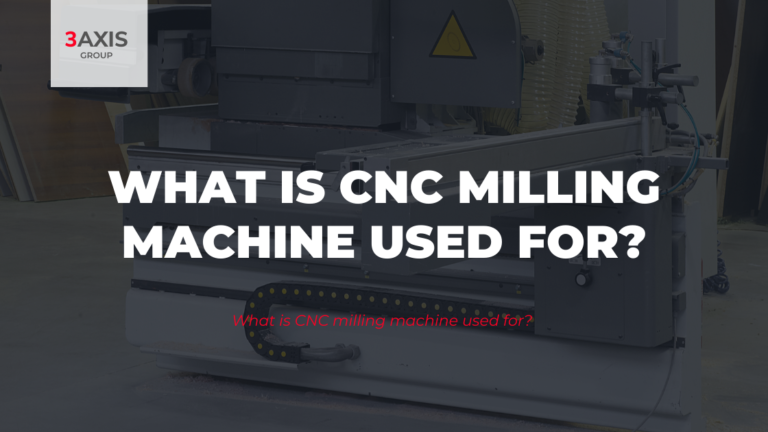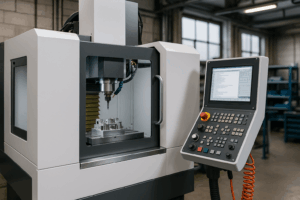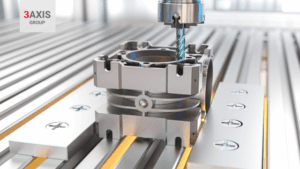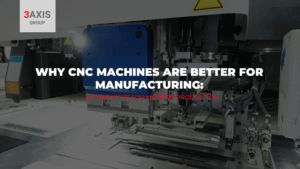If you have been wondering what is CNC milling machine is used for, this post will interest you.
Keep Reading!
The CNC milling machine combines the accuracy of computerized controls to rotate and position multi-point cutting tools. As the raw stock progresses through the pre-programmed machining operation, a tool moves along the three primary axes, X, Y, and Z to precisely cut away material.
For intricate and complex geometries, a 5-axis CNC milling machine will move along three linear axes while simultaneously moving along two rotational axes.
What are CNC milling machines used for? Simply Explained
The benefits of CNC milling include its ability to cut a wide range of materials and produce custom-designed parts much faster than conventional machining. CNC milling can be used to machine parts from a variety of materials, such as aluminum, iron, steel alloys, nickel, etc.
CNC milling machines are especially suited for milling profiles, cavities, surface contours and die cutting operations, where two or three axes of the milling table must be controlled simultaneously. In short, this type of machine can be used with any industry that requires precise components, including complex industries such as aerospace and military.
What does a CNC Milling machine do?
Milling is a process performed with a tool called a “milling cutter” in the form of blades. Milling machining is one of the most common manufacturing processes used in machine shops and industries to manufacture high precision products and parts in different shapes and sizes.
There are a multitude of different milling cutters depending on the shape of the cut we want to give to the workpiece. In addition, depending on the type of metal a milling machine needs to cut, its cutting speed can be adapted. Generally, softer materials are cut at higher speeds and harder materials are typically cut at a slower rate.
The hardness of a material also influences the time, harder metals usually take much longer to mill than soft metals.
Today, milling machines are used in a wide variety of industries and for a wide range of purposes. Also, with the advent of CNC, these machines have become even more versatile. In fact, most, if not all milling machines are automated and can be positioned in either vertical or horizontal orientation to carve materials based on a design previously created by a CAD program.
Milling machines are capable of dynamic movements of both the tool and the workpiece, and many milling machines can perform multi-axis machining.
Discover the CNC milling process
As mentioned above, the growing use of numerical control milling machines is increasing the number of milling operations that can be performed with this type of machine, so that milling has become a multi-purpose machining method. Without forgetting that the development of tools has also contributed to creating new milling possibilities, considerably increasing the productivity, quality and accuracy of the operations performed.
The following is a simple and brief explanation of the most common CNC milling methods:
- Plain milling. Also known as surface milling, this milling process uses a cutting tool to remove material along the surface of the workpiece. In plain milling, the rotation axis is parallel to the workpiece.
- Face milling. Face milling uses a rotational axis perpendicular to the material’s surface. The cutting or grinding tool faces down against the workpiece surface to remove material.
- Angular milling. This milling method positions the cutting tool’s rotary axis at an angle to the workpiece surface to produce angular cuts as specified by the design, such as grooves or dovetails.
- Form milling. Form milling makes non-flat cuts, such as contours and curves. Each type of curve will require a specific cutting tool to create an accurate form cut.
Discover our marketplace! You will find a wide variety of types of machines. If you have any doubts, you can contact us and we will be happy to help you find the machine that best suits you.




